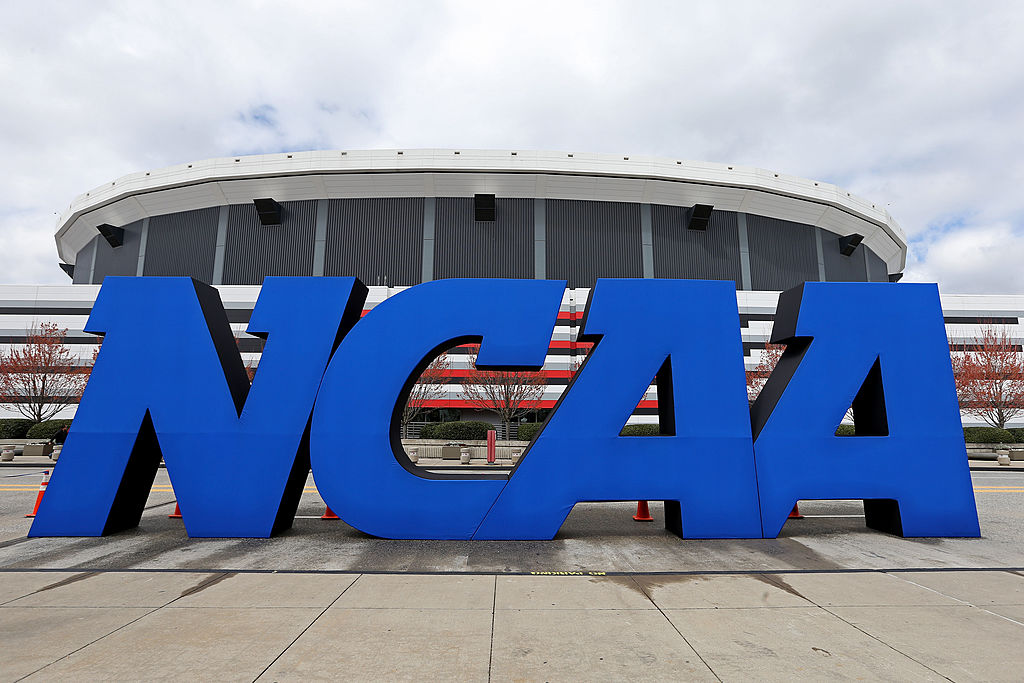The number of unbeatens will be winnowed by the time the 13-member College Football Selection Committee makes its four choices in December.
But for now, the six undefeated teams atop the AP poll are Alabama, LSU, Ohio State, Clemson, Oklahoma and Penn State. It’s hard to second-guess that top six, and the CFP’s first rankings on November 5 could mimic that.
Scrolling down the AP rankings, you eventually get to the others without a loss: Baylor (No. 14), SMU (16), Minnesota (17) and Appalachian State (21).
The winners of the Alabama-LSU (Nov. 9) and Penn State-Ohio State (Nov. 23) regular-season matchups, plus Clemson and Oklahoma could remain undefeated through conference championships.
Then you have a four-team field of teams that haven’t lost.
Or do you?
The selection committee possibly would include the Alabama-LSU loser if both win out after their head-to-head meeting. They can’t meet again in the SEC championship game.
Here’s what the standard should be, given the limitations of a four-team field, with five leagues and independent Notre Dame among the pool.
The CFP should treat the conference championship games as potential play-ins or quarterfinals.
If you don’t make your conference championship game and win it, regardless of the circumstances, tough luck.
You’re not eligible to be chosen for the CFP. Even if you’re arguably one of the top four teams in the country.
No more than one team from a league.
In 2017, Alabama lost to Auburn in the Iron Bowl, didn’t reach the conference championship game, made the CFP as the No. 4 seed and beat Clemson and SEC rival Georgia to take the national title.
That scenario shouldn’t have been allowed to happen.
This is the sixth season of a 12-year contract with ESPN for the CFP, and the committee’s work does more than fill out the four-team bracket. It also slots the eight teams in the four New Year’s bowls not being used as CFP semifinals that season.
Yes, I’m a proponent of an eight-team playoff. Since we went this far – from two teams selected for a title game to a four-team field – we might as well go to eight and ensure that each Power 5 league gets a berth.
While I believe it is inevitable eventually, and it could happen before the contract is up, expansion of the CFP field isn’t happening soon. Or at least not soon enough. So we’re stuck with a four-team playoff.
The preoccupation with trying to get the “best” four teams in the field is neither foolproof nor necessary. It places the esteemed committee – check out the membership; it is truly impressive — in the position of making eye-test judgments that, while more than defensible, aren’t much more credible than scribes voting in the AP poll.
Former Florida and Ohio State coach Urban Meyer this week argued for trying to eliminate some of the more subjective criteria and emphasize the tangible, referencing when he felt pressured to run up the score on Wisconsin in a 59-0 romp in the 2014 Big Ten championship.
The Buckeyes had lost to Virginia Tech in the second week and were far from an automatic choice for the CFP, making it as the fourth seed and beating Alabama and Oregon to take the national championship.
At least they won their league. The controversy was over which league to exclude, and it turned out to be the Big 12, with 10 teams and no championship game. Baylor and TCU both were once beaten.
Two seasons later, in 2016, the Buckeyes lost to Penn State. The Nittany Lions, also once-beaten in the Big Ten East, advanced to the conference championship game against Wisconsin because of the head-to-head win, but Ohio State made the CFP – Penn State didn’t — and lost to Clemson in the semifinal. That never should have happened, either.
So, yes, I’m basically arguing that the selection committee’s main task would be to select four CFP entries from among the Power Five championship game winners and Notre Dame.
An aside: Oregon athletic director Rob Mullins is the chair of the CFP selection committee and would recuse himself in any discussions about the Fighting Ducks. No matter what happens from here on out, Oregon is the only possible Pac-12 champion that could have its proponents for the CFP. Depending on what happens in the other leagues, it still looks most likely that the Pac-12 will be excluded – for the fourth time in six seasons.
The unfortunate effect would be that despite the lip service about strength of schedule being a consideration, it would be obvious that scheduling Auburn in the neutral-field opener will have cost the Ducks.
If no more than one team from each league could make the CFP, the chances of leagues getting shut out would be lessened. And all would know going in: You can’t be the national champion without winning your own league.
That can work in basketball, with 68 teams in the bracket. Not in football, with four teams in — and on — the field.
About Terry: Terry Frei is the author of seven books. His novels are Olympic Affair and The Witch’s Season, and among his five non-fiction works are Horns, Hogs, and Nixon Coming, Third Down and a War to Go, and ’77: Denver, the Broncos, and a Coming of Age. Information is available on his web site, terryfrei.com. His woodypaige.com archive can be found here.
















